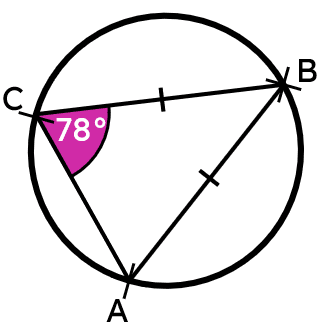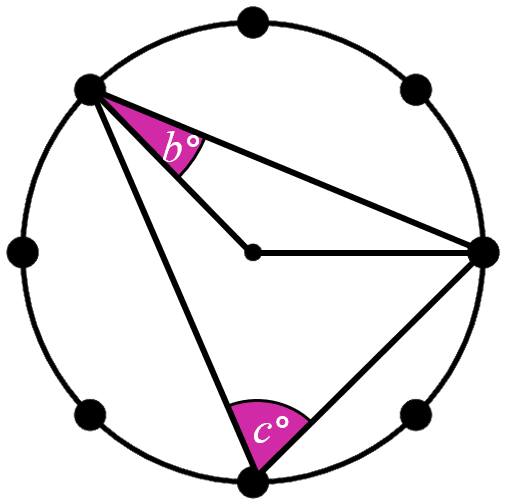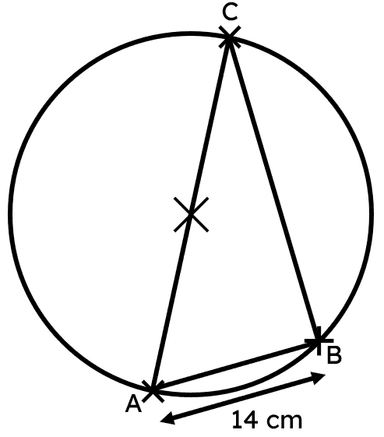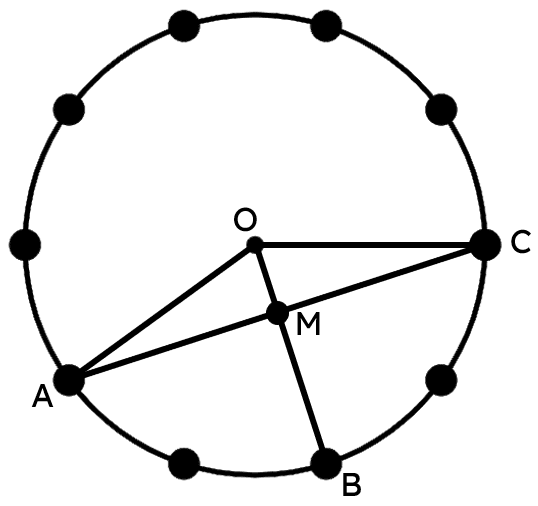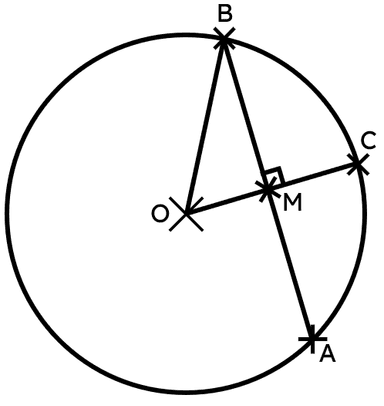Myths about teaching can hold you back
Learn why
New
New
Lesson 4 of 11
- Year 10
- Higher
The perpendicular from the centre of a circle to a chord bisects the chord
I can derive and use the theorem: the perpendicular from the centre of a circle to a chord bisects the chord.
Lesson 4 of 11
New
New
- Year 10
- Higher
The perpendicular from the centre of a circle to a chord bisects the chord
I can derive and use the theorem: the perpendicular from the centre of a circle to a chord bisects the chord.
These resources were made for remote use during the pandemic, not classroom teaching.
Switch to our new teaching resources now - designed by teachers and leading subject experts, and tested in classrooms.
Lesson details
Assessment exit quiz
Download quiz pdf





